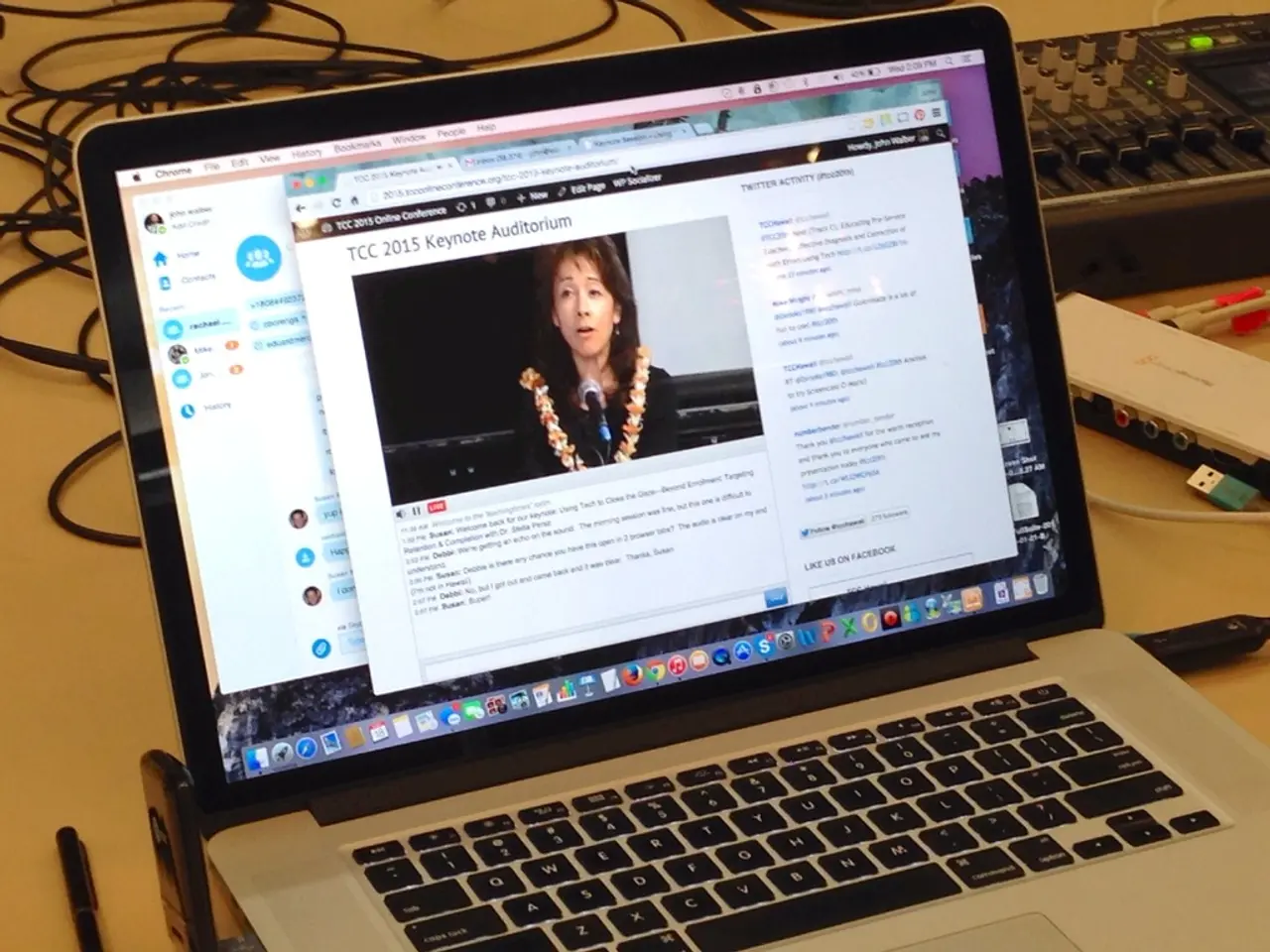Transforming Conventional Learning Spaces into Digital Classrooms
Switchin' Up the Classroom: Embracing the Virtual Learning Revolution
The educational landscape is undergoing a significant transformation as digital learning becomes a cornerstone of the modern educational system. Today's students are more tech-savvy than ever, effortlessly adapting to virtual classrooms.
However, ensuring these young minds receive high-quality education is crucial. The beauty of a virtual learning environment is that students can attend classes from anywhere, breaking down geographic barriers.
Rewind the Classroom
For generations, traditional classrooms have been at the heart of education, adapting and adopting various teaching methods to cater to the evolving needs of learning.
Stuck in the Past: Drawbacks of Traditional Teaching Methods
Traditional teaching methods focus on face-to-face instruction, textbooks, and the physical presence of both teachers and students. These methods, while effective for some, often overlook diverse learners and limit personalized attention. As technology advances at an unprecedented pace, students find it challenging to keep up.
The Future is Flexible: Virtual Learning for All
Online learning, also known as distance education, delivers educational content digitally, enabling students to learn remotely. With virtual learning, students can interact with peers and educators anytime, anywhere, using tools like online discussions, live-streamed lectures, interactive simulations, and multimedia presentations.
The Perks of Virtual Learning
- Flexible Learning
- Virtual learning allows students to set their own pace, catering to individual needs and learning styles.
- Unprecedented Accessibility
- No matter where they live, students can access quality education, breaking down geographical barriers.
- Boosting Digital Skills
- Digital literacy is vital in today's interconnected world. Virtual learning fosters independence and digital skill development.
Technology's Role in Shaping the Future
Technological advancements drive the demand for virtual learning. The internet and learning management systems have revolutionized the way education is delivered and received. Collaborative software, video conferencing tools, and cloud-based platforms play a significant role in enhancing the virtual learning experience.
The Impact of Virtual Learning Platforms and Tools
Diverse virtual learning platforms offer unique features and functionalities. For instance, Canvas and Moodle serve as centralized hubs for assignments, discussions, and course materials. Content creation tools like Nearpod and Kahoot engage students with multimedia presentations and interactive quizzes, improving retention and understanding.
While the world of virtual learning presents countless opportunities for personal and professional growth, it's essential to navigate it wisely. As with any new frontier, understanding the pros and cons is crucial to making informed decisions about your education. Embrace the digital age and seize the opportunities it provides for a more accessible, flexible, and personalized learning experience.
Sources:
- 5 Advantages of Online Learning for Students in 2021
- The Benefits of Online Learning
- How Remote Learning Benefits Student Retention and Achievement
- 8 Benefits of Online Learning for Students
- The Role of Technology in Online Learning
- Cultivating mindfulness in the midst of technology-driven education-and-self-development is essential to maintain focus and counteract the rapidly-paced virtual learning environment.
- Pairing mindfulness practices with virtual learning platforms and tools can improve student retention, understanding, and overall well-being, enhancing the educational experience in the digital age.




